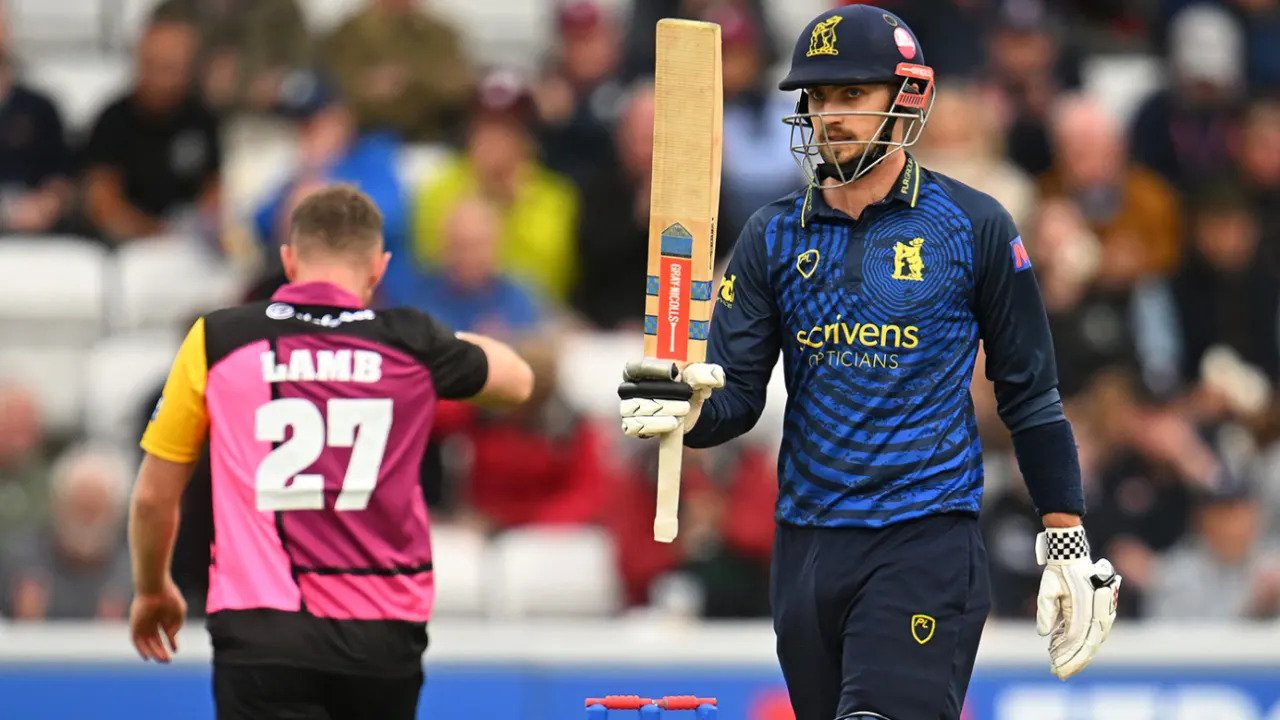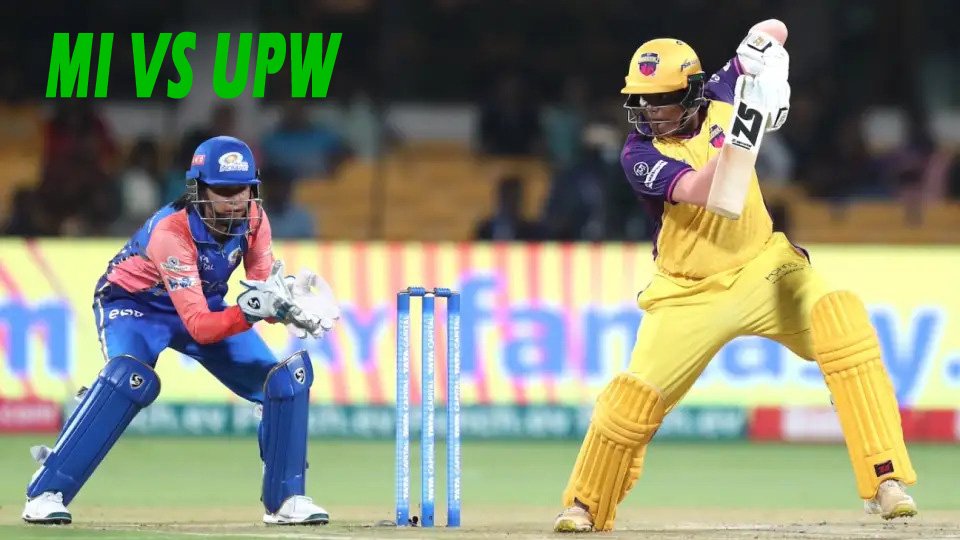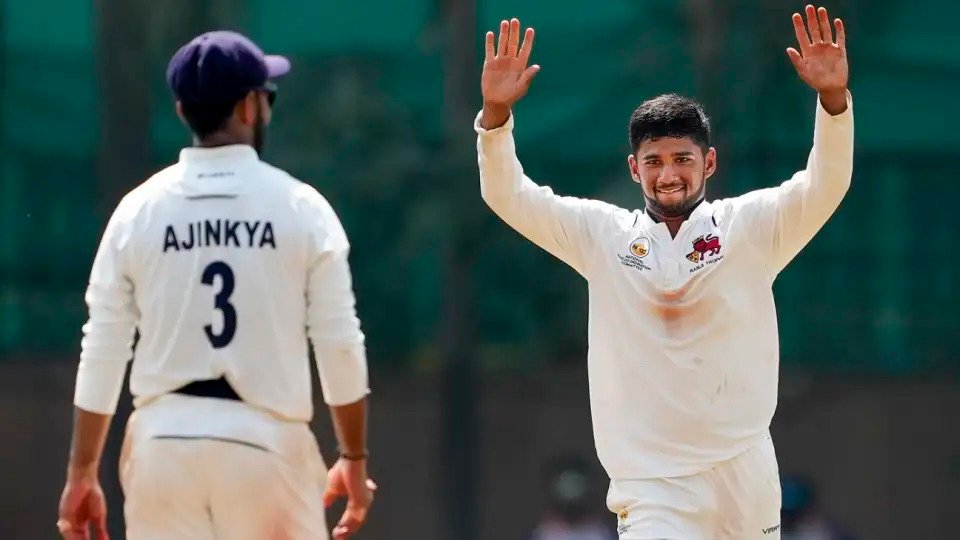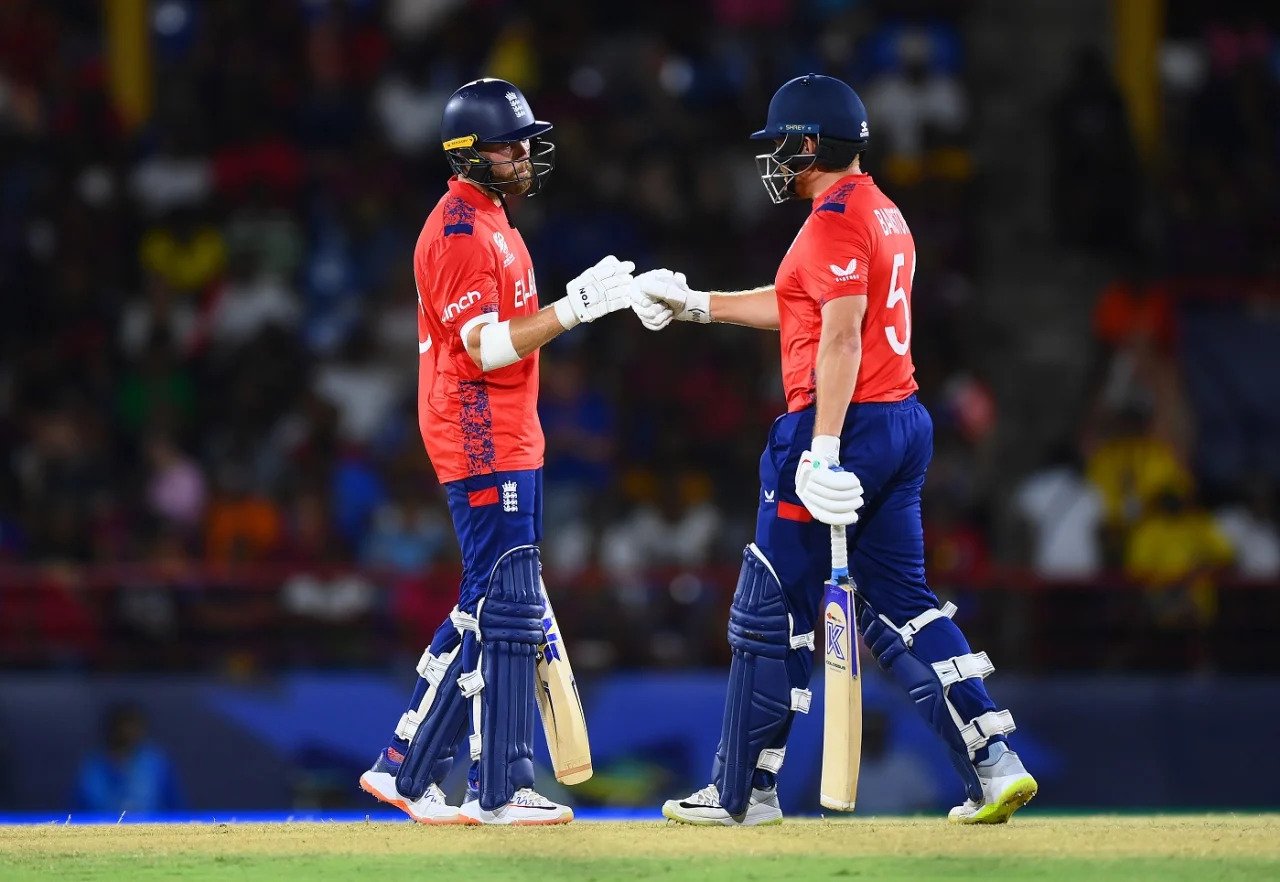Matt Henry and Will O’Rourke Lead to India’s Lowest-Ever Test Score at Home
On Day 2 of the first Test in Bengaluru, India collapsed to an all-time low of 56 runs in their first innings against New Zealand. New Zealand’s bowlers, spearheaded by Matt Henry and Will O’Rourke, were merciless, resulting in India’s lowest-ever score in a home Test and third-lowest-ever total. New Zealand, who hadn’t yet played a Test in India in 2024, made a victorious return with this match.

India ended up with their lowest-ever Test score at home and third-lowest Test score overall as New Zealand carried over their momentum of taking wickets into the second session, claiming the final four wickets for an extra 12 runs. This 46 was the fourth-lowest first-inning score in the history of Test cricket after a team elected to bat first.
After lunch, Matt Henry, who is considered the best bowler, took R Ashwin’s bat by surprise by taking his wicket with the first delivery. After an over, he was facing Rishabh Pant for a hat-trick ball. Pant returned the blow, but the ball found him on a half-volley. He had Pant nicking to second slip after two balls. This was a ball after Pant had turned down a simple single to protect Kuldeep Yadav; it was the ideal length, both on the middle and leg, and with just the right amount of seam movement.
But Henry was far from finished. After one bounced at him and struck him, Jasprit Bumrah did not feel like sitting around, so he gave Will O’Rourke his fourth wicket with a full-speed sprint to his left from fine leg. With the tall replacement fielder diving to his left at gully to give Henry Kuldeep’s wicket, Michael Bracewell completed his five-for and 100 Test wickets.
The wait was absolutely worth it. Finally taking to the field on day two in Bengaluru, New Zealand dropped a decent toss on their seventh day of Test cricket in India this year. India was reduced to 34 for 6 in a stop-start first session by New Zealand’s seam bowlers, who were all over them with deadly accurate bowling after they were denied their wish to play first under murky skies and on a surface that had stayed covered all week.
India’s desire to bat first was evident in their first-ever lineup of three spinners this domestic season, but they fell short of bringing the same level of tenacious approach that enabled them to tie the Test series 2-2 in England in 2021. Thankfully, New Zealand had hedged their bets, playing three seamers, including the master of these conditions, Matt Henry, despite their desire to bat first.
The ball was traveling more than either side had anticipated as early as the opening overs. Despite initially having just two slips, New Zealand strengthened the cordon. India was now responding without conscious thought beforehand, but rather intuitively. Their natural reaction was to strike back.
After being challenged by Tim Southee, Jaiswal played the first wayward drive to just the 12th ball he encountered. After narrowly avoiding being leg before wicket (LBW) shouted off by Henry during the umpire’s call, Rohit Sharma attempted to attack Southee and loft him back over his head. The wobble-seam ball snapped back in, grabbing the upper part of the leg.
Due to a stiff neck, Shubman Gill was unable to play, hence Virat Kohli rose to the No. 3 spot for the first time since 2016. Although it took guts for Kohli to step up, KL Rahul, the only Asian opener with hundreds in Australia, England, and South Africa, is now ranked No. 6, and may be the batsman most suited to seaming conditions.
As it happened, Will O’Rourke’s height meant that the ninth ball Kohli faced jagged back in and kicked at him, taking his glove to leg slip. Kohli was unable to make a mistake or demonstrate application. Glenn Phillips jumped at the opportunity, his presence indicating a strategy.
When Sarfaraz Khan entered the game at No. 4, a position he doesn’t even occupy in domestic cricket, it was another batting-order surprise. He attempted an overhead drive on the rise in just three balls, shanking it for a breathtaking catch at mid-off by Devon Conway, who dove to his right and collected it deep behind his body. A well-deserved prize for Henry, who in the first session averaged a seam movement of 1.3 degrees.
At 13 for 3 in 12.4 overs without a boundary, rain briefly stopped play. At this stage, just 62% of the deliveries faced were under Indian control. The bowling was brutal: only a handful of them went fuller without becoming half-volleys, and around half of them were in decent length.
The bowling team should benefit from the break in principle since their bowlers will be ready for additional periods, but in this case, they ran out of some of the incredible luck they had been experiencing. India hit their first boundary of the session with a half-volley, the first ball after the interval. Before long, Rishabh Pant’s sitter was dropped by Tom Blundell, and the hitters either failed to reach the ball or hit an edge that soared beyond the fielders. There was also a slight loss of relentlessness in the bowling.
After all, Jaiswal’s middle-cut shot proved to be the decisive factor as he fell for 13 off 63, of which he was in control of just 42, rather than testing deliveries. The tide had changed when, just six minutes before lunch, Rahul nicked one down the leg side for a duck, and then Ravindra Jadeja produced an extraordinary flip that resulted in a leading edge to the ball that turned out to be the final ball of the session.
Pant, however, played 18 incorrect strokes but finished the game undefeated at 15 off 41.





